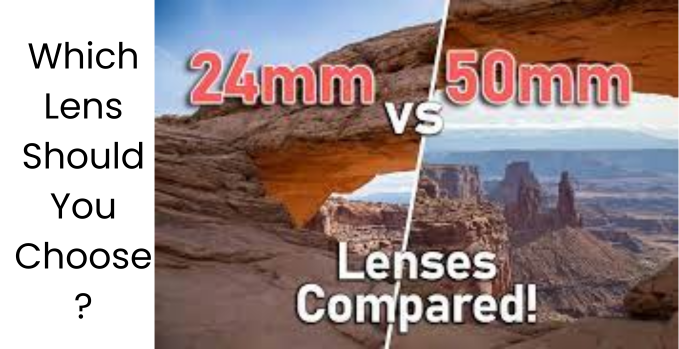When it comes to selecting the right lens for your photography needs, the debate between the 24mm vs 50mm lenses is a common one among photographers. Both lenses offer unique advantages and are suited for different types of photography. In this article, we will explore the key differences, benefits, and use cases for both the 24mm and 50mm lenses, helping you make an informed decision.
Understanding the Basics: 24mm vs 50mm
24mm Lens:
The 24mm lens is a wide-angle lens, ideal for capturing expansive scenes and dramatic perspectives. It is a popular choice for landscape, architectural, and street photography. The wide field of view allows you to include more of the scene in your frame, making it perfect for capturing large groups of people or vast landscapes.
50mm Lens:
On the other hand, the 50mm lens, often referred to as the “nifty fifty,” is a standard lens that closely mimics the natural field of view of the human eye. This makes it a versatile choice for a variety of photography styles, including portraits, street photography, and everyday snapshots. The 50mm lens is known for its sharpness, lightweight, and affordability, making it a staple in many photographers’ kits.
Key Differences Between 24mm and 50mm Lenses
1. Field of View:
- The 24mm lens offers a wider field of view, approximately 84 degrees on a full-frame camera, which is perfect for capturing more of the scene.
- The 50mm lens provides a narrower field of view, around 47 degrees, which is closer to what the human eye sees naturally.
2. Distortion:
- Wide-angle lenses like the 24mm can introduce some distortion, especially at the edges of the frame. This can be creatively used to emphasize certain elements but can be undesirable in some cases.
- The 50mm lens has minimal distortion, making it ideal for portrait photography where maintaining natural proportions is important.
3. Depth of Field:
- The 24mm lens generally offers a deeper depth of field, meaning more of the scene will be in focus. This is advantageous for landscape and architectural photography.
- The 50mm lens, with its ability to open up to wider apertures like f/1.8 or f/1.4, provides a shallower depth of field, creating a beautiful background blur (bokeh) that is ideal for portraits.
4. Versatility:
- While the 24mm lens is excellent for wide shots and specific applications, its wide-angle nature makes it less versatile for everyday use.
- The 50mm lens is highly versatile and can be used in a wide range of scenarios, from portraits to low-light photography.
Choosing the Right Lens for Your Needs
When deciding between a 24mm vs 50mm lens, consider what you primarily shoot and your creative goals. If you love capturing wide, sweeping landscapes or need a lens for architecture and interiors, the 24mm is an excellent choice. However, if you are looking for a versatile, all-purpose lens that excels in portraits and general photography, the 50mm lens is hard to beat.
For those who want the best of both worlds, owning both lenses can be beneficial. Each lens offers unique perspectives and capabilities that can enhance your photography and provide you with more creative options.
For more detailed reviews and comparisons of camera lenses, visit Best Cameras Lens.
Conclusion
In the 24mm vs 50mm debate, there is no one-size-fits-all answer. Both lenses have their strengths and are suited for different types of photography. Understanding their differences and applications will help you choose the right lens for your needs. Whether you are a landscape enthusiast or a portrait photographer, both the 24mm and 50mm lenses can significantly enhance your photographic journey.
